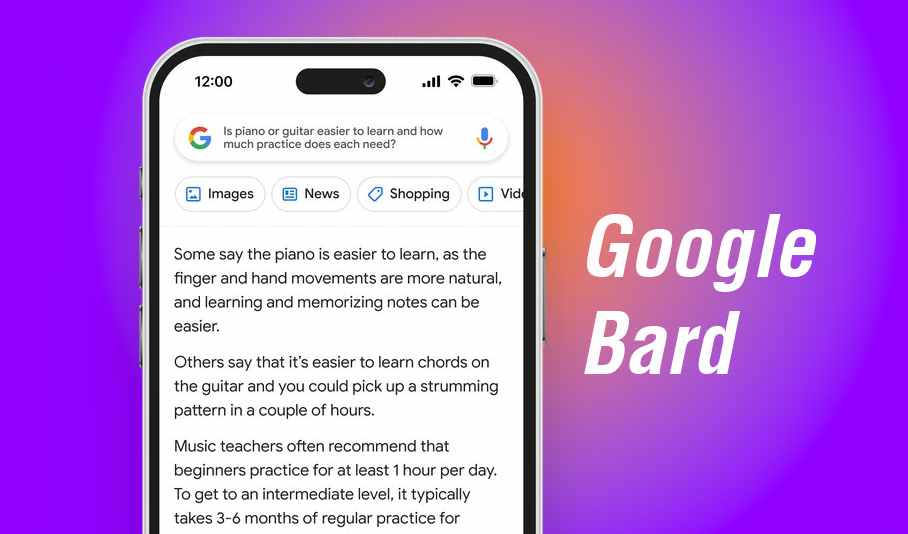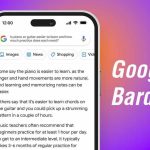Google AI chatbot Bard is off to a rocky start; offers inaccurate information in its first ad

Google’s effort to challenge Microsoft ChatGPT-powered Bing search engine got off to a rocky start Wednesday after the tech giant offered inaccurate information in its ad. The highly-anticipated Google AI chatbot Bard delivered an inaccurate answer in its advertisement.
In a short GiF video of Bard in action that the company posted on Twitter, Google describes the chatbot as a “launchpad for curiosity” that would help simplify complex topics.
“Bard is an experimental conversational AI service, powered by LaMDA. Built using our large language models and drawing on information from the web, it’s a launchpad for curiosity and can help simplify complex topics,” Google tweeted.
Bard is an experimental conversational AI service, powered by LaMDA. Built using our large language models and drawing on information from the web, it’s a launchpad for curiosity and can help simplify complex topics → https://t.co/fSp531xKy3 pic.twitter.com/JecHXVmt8l
— Google (@Google) February 6, 2023
The inaccurate information in the advertisement comes when Bard was given the prompt:
“What new discoveries from the James Webb Space Telescope (JWST) can I tell my 9-year-old about?”
Bard later responded with a number of answers, including one that suggests the JWST was used to take the very first pictures of a planet outside the Earth’s solar system or exoplanets. This is inaccurate.
According to NASA, the first pictures of exoplanets were taken by the European Southern Observatory’s Very Large Telescope (VLT) in 2004, which the agency also confirmed. Reuters first spotted the error and Google has not responded to a request for comment.
Google launched Bard on Monday as part of its response to the widely successful OpenAI’s AI-powered ChatGPT chatbot.
OpenAI first released ChatGPT to the public on November 30, 2022. In just two months, ChatGPT reached 100 million monthly active users in January, making it the fastest-growing consumer application in history.
ChatGPT is a dialogue-based AI chat interface for its GPT-3 family of large language models. The mind-blowing ChatGPT is a successor to the Generative Pre-trained Transformer 3 (GPT-3), which is an autoregressive language model that uses deep learning to produce human-like text.
ChatGPT was adapted from the GPT-3.5 model but trained to provide more conversational answers. However, unlike the GPT-3, the new ChatGPT demonstrates an array of new capabilities including the ability to engage in conversations with users, write software codes, tell stories, and provide solutions to complex mathematical equations. The beauty of it all is that you can test out the new chatbot for yourself right here.
ChatGPT could do virtually everything from writing poetry, and correcting coding mistakes with detailed examples, to generating AI art prompts. It can even explain the worst-case time complexity of the bubble sort algorithm.




